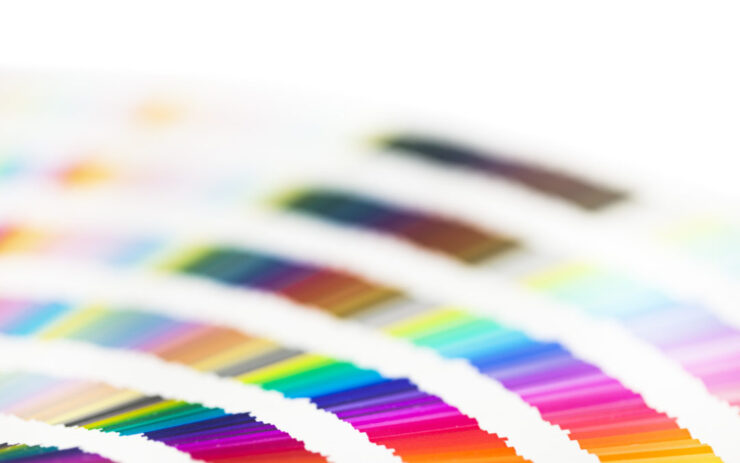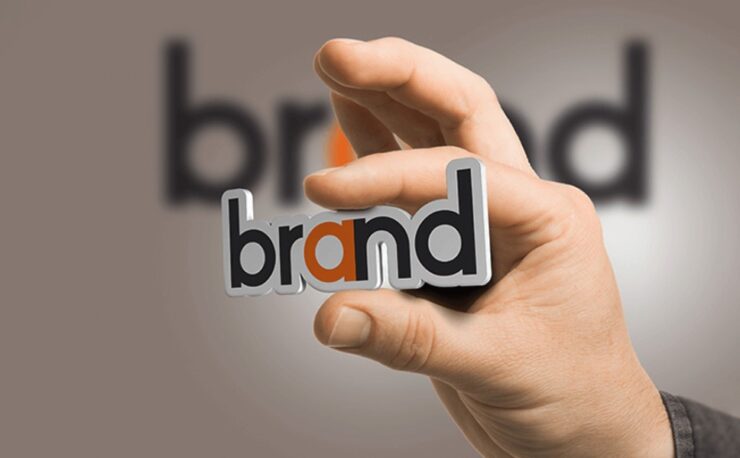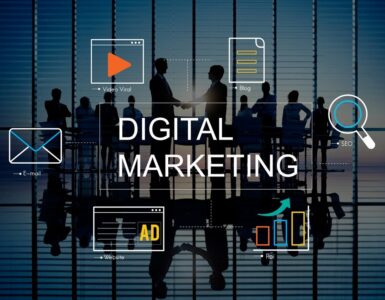Good design is key to effective marketing. If your marketing materials don’t look professional and memorable, people will be less likely to take them seriously. Or even worse, they’ll forget about them completely. In this guide, we will teach you how to create beautiful and effective marketing materials that will help you stand out from the competition.
We’ll cover everything from choosing the right colors to using typography effectively. So whether you’re creating a flyer, a brochure, or a website, follow these guidelines and you’ll be on your way to designing amazing marketing materials!
Think About Your Branding Color Palette

The colors you use in your marketing materials can have a big impact on how they are perceived. Cool colors such as blues and greens tend to be calming, while warm colors such as reds and oranges are more energizing. You should choose colors that match the tone of your message. Think about the emotions you want your customers to feel, whether it’s happy, calm, or even sad.
Bright colors like red or yellow will spark a more exciting feel, whereas blue and green will create a more relaxed feel. Take some time to learn about how colors can influence customer behaviors. If you don’t have your branding color palette down, it’s best not to commit to any colors just yet. It’s recommended that you bring in a professional graphic designer to help you with your colors since this is a key component of your marketing materials.
Use Typography Effectively
Typography is another important aspect of design. When choosing a font for your marketing materials, make sure it’s easily readable and in various sizes (this means no Comic Sans). You should also avoid using more than two or three different fonts on any one piece of marketing material as this can be overwhelming, inconsistent, and messy.
Select a font that is complementary to your branding colors, and make sure the text is easy to read against the background. Sans-serif fonts such as Helvetica are typically easier to read than serif fonts like Times New Roman. You should also use different weights and styles of typography to add hierarchy and context to your marketing materials. Take your time and test out different fonts.
Choose a Compelling Photo

A photo is worth 1,000 words, so it’s important to choose the right one. Photos should be high-quality and relevant to your message or brand. This means no stock photos unless you absolutely have no choice. Choosing an image that matches the tone of your message helps create consistency across all channels. If you have any material that would be better explained or backed up using photos, be sure to include those as well!
If you’re going the route of using stock photos, there are a few places you can look. Shutterstock and iStockphoto both have a large selection of stock photos, or you can search Google Images for Creative Commons images that are free to use. Just make sure to read the licensing agreement carefully before using any images. Remember that it’s always better to take your own photos and use them on your marketing materials.
This is an effective way to personalize the message and make it more authentic. You could add high-quality photos of feather flags your company uses and add them to all your marketing material. This is an excellent way to get your customers to remember you because feather flags stand out exceptionally well! Flagdom offers swooper, feather, wind-free, and custom feather flags, and you can check them out at https://flagdom.com/feather-flags.
Add a Call to Action (CTA)
The purpose of your marketing materials is to get people interested in what you’re offering and encourage them to take action. One way you can do this is by adding a call to action on every piece of material, for example, “Visit our website today!” or “Contact us now.”
This also helps create consistency across all channels so that customers know how they can reach out if interested in what’s being advertised. This will make it easier for people who see your advertisement but don’t have time right away or maybe forget.
They’ll still be able to contact you later without searching through their email inboxes looking for an old message. Or worse yet, having no idea where the ad came from at all. You want your customers to contact you as soon as possible when the content they’ve just consumed is still fresh in their minds.
Make sure your CTA is clear, compelling, and consistent with the rest of the marketing materials. You don’t want to overwhelm people with too much text or design elements that distract from the message itself.
Layout is Key

The layout is another important aspect of good design. When laying out your marketing materials, be sure to use a grid system to keep everything aligned and looking neat. This will also make it easier to change or update the layout if necessary.
Use whitespace to your advantage and make sure everything has a place. Too much text or graphics can be overwhelming and look cluttered. Only add them when it makes sense, or to give your customers a break from reading a lot of text.
Your layout should be easy on the eyes and help guide the viewer’s attention towards the most important elements. Always keep in mind the placement of your logo, photos, and text. Don’t forget your tagline, either.
It should be placed somewhere prominent like at the top of your marketing materials so people get an idea of what this is all about right away. Use contrast to create visual interest and make sure everything is legible–referring back to the typography section.
Take a look at web design company San Francisco to learn more about web design.
Include Social Media Links and Contact Information
It’s important to make sure your marketing materials include social media links or handles so that customers can follow you on those platforms as well. This will allow them to get more updates from your company in the future and stay informed about what’s happening in your industry.
It’s also an easy way for people to share content with their friends or family members who might be interested, too. By quickly scanning your material, your customers should be able to know where and how to contact you immediately.




























